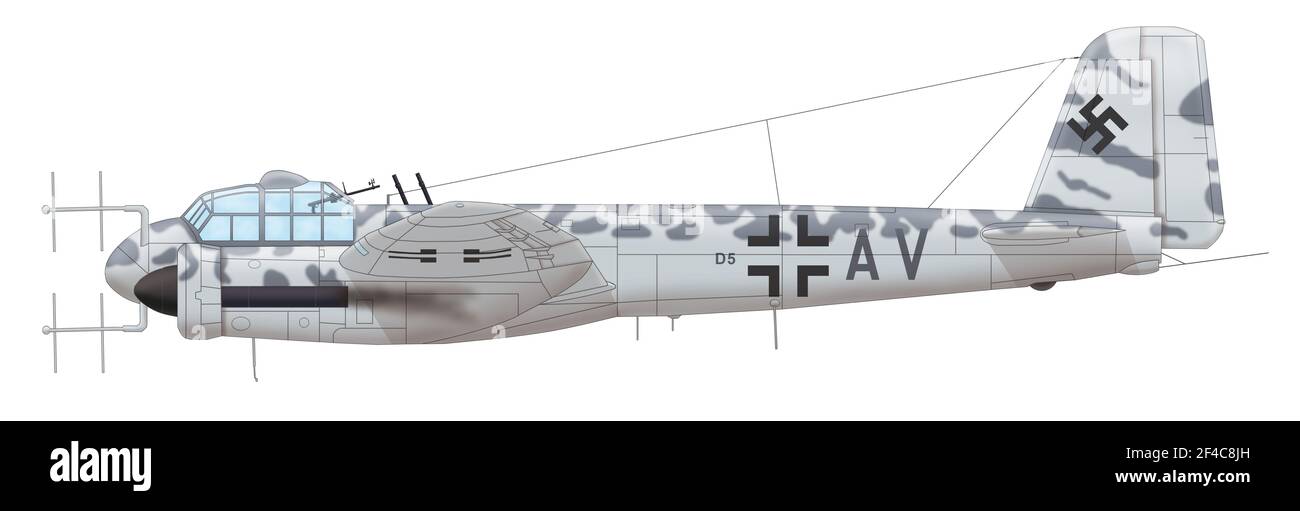Post amazingly cool pictures of aircraft (Volume 3)
Discussion
xeny said:
The inverted gull wing seems an odd design choice. Why put the wing even lower for greater risk of wave damage? The PBY's layout seems far more sensible.
Flying boats and floatplanes get exposed to some very sudden and large loads when hitting or being hit by waves. Reducing distance between, and thus leverage, on components increases the strength.The Loire-Nieuport 10's design appears to have been aimed at getting the fuselage and engines as far from the water as possible without extra structure, purely for that purpose.
The Italian approach to the same problem, with the Savoia-Marchetti S.55, was to make each float into a hull, put the wing across them and the push-pull engines on top of the centre section.
DodgyGeezer said:
I was going to say that the lower rear fuselage looks a bit Handley Page Hampden. Having now looked at some Hampden pictures, you could virtually build the whole thing from a Hampden. Crank the wing a bit more, move the engines up on pylons, add a bit of tailplane dihedral, find a big pair of floats from the parts bin and you're there.The Blenheim evolved into the Beaufort and, most significantly, into the Beaufighter - which was a formidable piece of kit.
The Ju88 didn't stand still either. The original rather under powered and under arrmed Ju88 A-1s and A4s that were in use early in the war were superseded by much more capable variants - including the Ju88G family which caused such devastation as night fighters against RAF bombers.
The Ju188 was also a descendant of the original Ju88 line but, luckilly for the Allies, by the time it arrived Germany was descending into chaos regarding their ability to mass produce effectively.


The Ju88 didn't stand still either. The original rather under powered and under arrmed Ju88 A-1s and A4s that were in use early in the war were superseded by much more capable variants - including the Ju88G family which caused such devastation as night fighters against RAF bombers.
The Ju188 was also a descendant of the original Ju88 line but, luckilly for the Allies, by the time it arrived Germany was descending into chaos regarding their ability to mass produce effectively.


hidetheelephants said:
Rather underlines the issues germany had introducing new aircraft types; the contemporary Bristol Blenheim was removed from most frontline duties by 1942.
The Ju88 was a much better aircraft than the Blenheim from the beginning though, with much more development potential, which as mentioned above the Blenheim didn't have. The only problem with the Ju88 was the idiotic dictate that it had to be designed as a dive-bomber...but that wasn't the fault of the aircraft designers.
aeropilot said:
The Ju88 was a much better aircraft than the Blenheim from the beginning though, with much more development potential, which as mentioned above the Blenheim didn't have.
The only problem with the Ju88 was the idiotic dictate that it had to be designed as a dive-bomber...but that wasn't the fault of the aircraft designers.
Could it be that the dive bomber requirement gave the Ju88 the already built-in strength to accomodate more powerful engines and ease of modification,analagous to the Avro Manchester's torpedo carrying requirement giving the Lancaster the long bomb bay to do what the Halifax and Stirling could not?The only problem with the Ju88 was the idiotic dictate that it had to be designed as a dive-bomber...but that wasn't the fault of the aircraft designers.
Very likely.
Sometimes an atribute built into an aircraft design for one purpose turns out to be a bonus for some other purposes that were never originally considered.
Oftentimes, it's the opposite.
For example, the short undercarriage of the Boeing 737-100/200 was looked on as a plus point as it allowed easy access for maintenance purposes to the original slim Pratt and Whitney JT8D engines.
When tubbier large fan engines were fitted to later models, the short undercarriage began to become problematic. And the significant problems suffered by the 737 Max are directly attributable with the fact that redesigning and lengthening the undercarriage legs on the 737 has proved impractical.
Sometimes an atribute built into an aircraft design for one purpose turns out to be a bonus for some other purposes that were never originally considered.
Oftentimes, it's the opposite.
For example, the short undercarriage of the Boeing 737-100/200 was looked on as a plus point as it allowed easy access for maintenance purposes to the original slim Pratt and Whitney JT8D engines.
When tubbier large fan engines were fitted to later models, the short undercarriage began to become problematic. And the significant problems suffered by the 737 Max are directly attributable with the fact that redesigning and lengthening the undercarriage legs on the 737 has proved impractical.
GliderRider said:
aeropilot said:
The Ju88 was a much better aircraft than the Blenheim from the beginning though, with much more development potential, which as mentioned above the Blenheim didn't have.
The only problem with the Ju88 was the idiotic dictate that it had to be designed as a dive-bomber...but that wasn't the fault of the aircraft designers.
Could it be that the dive bomber requirement gave the Ju88 the already built-in strength to accomodate more powerful engines and ease of modification,analagous to the Avro Manchester's torpedo carrying requirement giving the Lancaster the long bomb bay to do what the Halifax and Stirling could not?The only problem with the Ju88 was the idiotic dictate that it had to be designed as a dive-bomber...but that wasn't the fault of the aircraft designers.
Great aircraft though, and like the Bf109, was in continuous production from prior to WW2 right through to the end.
Its a shame that so few complete examples of those 15000 built survived the war.
Gassing Station | Boats, Planes & Trains | Top of Page | What's New | My Stuff




